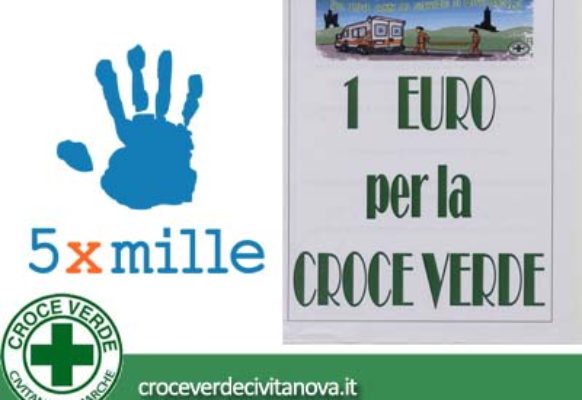Antibiotic Opposition Genotype out of S. Infantis Stresses
When affect family genes of one’s S. Infantis challenges was indeed analyzed, the shipping featured a lot more varied ( Profile cuatro ). New Hungarian stresses continuously presented the time-associated breakup seen before. One to large team regarding half dozen Hungarian growing strains along with provided that Swiss filter systems (Switzerland-2step one5-UZH-SAL-20fifteen) representing truly the only Swiss strain which have hereditary relatedness in order to Hungarian challenges. The brand new Swiss isolates don’t mode a distinct group nonetheless was basically sectioned off into four subclusters classified in addition to some strains of Italy, Israel, and you will Japan, showing no intimate genomic relation to both the latest latest and/or pre-emerging Hungarian strains in this affect gene-built research ( Figure 4 ). The fresh new outlier Infantis strains Senegal SARB27, Mexico-2008-cuatro and you will -5, Brasil-2013 LPM-ST01, Sal280 and you will SAl147, Israel-2014 FDA00004302, Mexico-2008-CFSAN047352, and you can Nigeria-2009 BCW_2699 was in fact found individually. The fresh congruent results of the entire-, core-, and you may affect-genome-depending analyses mean that such outlier strains don’t fall under the fresh serovar Infantis ( Data step 3 , ? ,4 cuatro ).
Cloud-gene-depending tree from S. Infantis strains. Brand new marks and you may signs try as with Shape step one . Precisely the challenges from Hungary, Switzerland, plus the outlier S. Infantis isolates is actually showcased by the color packets.
Out of the 76 S. Infantis strains tested, 45 were predicted as multiresistant on the basis of the co-existence of at least three resistance genes (Supplementary Table S3). According to this, the association between genes tet(A), sul1, and aadA1 was found in 64.4% of the MDR strains. In some strains from the United States and Italy, a high abundance of antibiotic resistance genes was detected including ESBL genes blaCTX–M–65 or blaCTX–M–1. Multiresistance genotypes were more characteristic to the recent strains, isolated between 2000 and 2016, while most of the old isolates (years 1971–1999) did not carry acquired antibiotic resistance genes. Examining the geographical distribution of resistance genes, we found that no strain isolated from Mexico exhibited antibiotic resistance, unlike strains isolated in other countries.
Data out-of Flagellin Genes out-of Salmonella Serovar Infantis
The clear presence of fljA, fljB, fliA, fliB, fliC, fliD, fliS, and you may hin flagellin- otherwise flagella related genetics are checked-out in every 102 picked Salmonella strains. This new fliA,B,D,S genetics had been thought of during the nearly all serovars represented here (Supplementary Desk S4). Most stresses of S. Infantis was indeed described as the brand new co-occurrence of all the above flagellar family genes. Conditions have been brand new stresses Hungary-2013 Au moment ou, United states-2014 FSIS1502967, 7 challenges regarding Japan, Mexico-2008-step 1, and Brasil-2013 LPM-ST02 hence demonstrated the absence of among genes. Around three of the outlier strains, Israel-2014 FDA00004302, Senegal SARB27, and Nigeria-2009_BCW_2699 harbored every 7 flagellar family genes; but not, these people were constantly separated in the Infantis clusters throughout phylogenetic analyses ( Figures 1–step 3 ). Another half a dozen outlier Salmonella isolates have been deficient a number of flagellar genes one to next reinforced the necessity for validation of serovar on the basis of genomic sequences as well.
Infantis was forecast Dating en kvinne 20 ГҐr yngre as the Kentucky, Thompson, and you may Ouakarm assigned to ST198, ST26, and ST1610, respectively
Results on the in silico prediction of the antigenic profiles (O:H1:H2) and of the MLST profile of the above nine outlier Salmonella strains are presented in Table 2 . According to this, the Senegal SARB27 (ST79) was the only strain that was predicted as S. Infantis, but it was assigned to ST79 instead of ST32 characteristic for S. Infantis. Two strains, Sal147 and Sal280, were identified as S. Rissen (7:f,g:-) both belonging to ST469. Further tree strains deposited as S. The Mexican isolate Mexico-2008-4 was predicted to be S. enterica subsp. diarizonae with the antigenic profile of 60:r:e,n,x,z15 and ST63. For two outlier strains (Mexico-2008-5 and Nigeria-2009 BCW_2699), there was not possible to detect the serovar on the basis of genomic sequences ( Table 2 ). All other S. Infantis strains proved to be ST32 including those that were regarded as Infantis-like in Table 2 . The only exception was the serovar Gege (ST36).






